Tenuta Clementino
Comfort and relax in touch with nature

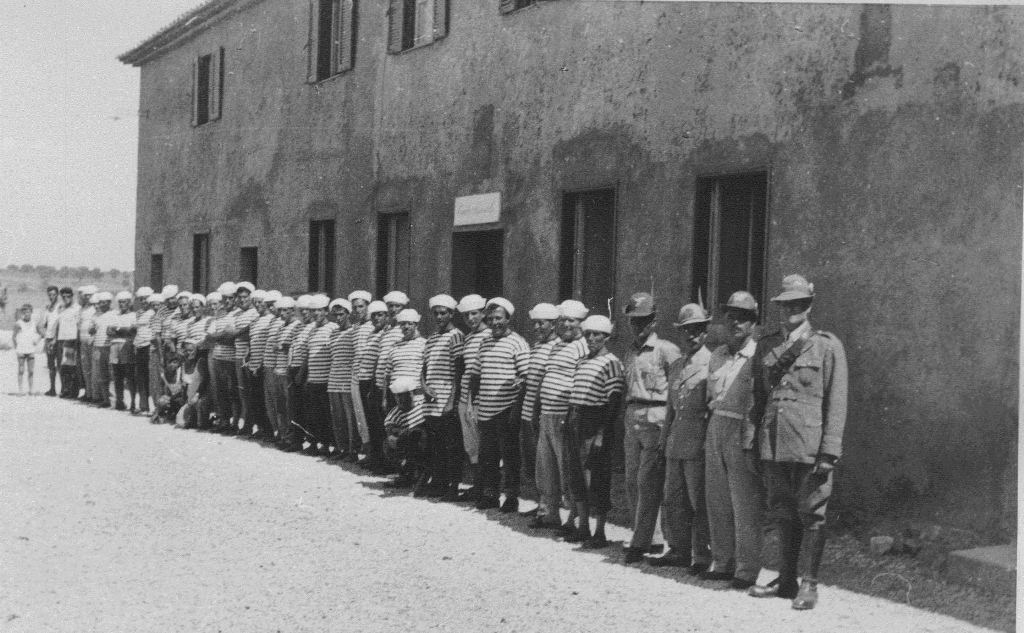
HISTORY OF THE PROPERTY
Introduction
The history of the property is inextricably linked to that of Lake Paola (also known as Lake ‘of Sabaudia’), on whose shores the estate is located. The lake is a brackish basin that extends for about 7 km behind the coastal dune and is connected to the sea by two channels: the main one dug by the Romans in the Neronian Age (1st century B.C.), and the secondary one built during the reclamation of the Pontine Marshes (1928-1935).
The basin has a geological conformation that indicates its very ancient origins, due to the formation of the dune, the lowering of the sea level, aeolian phenomena and the rise of an ancient estuary that ran from the Lepini Mountains to the Tyrrhenian coast.
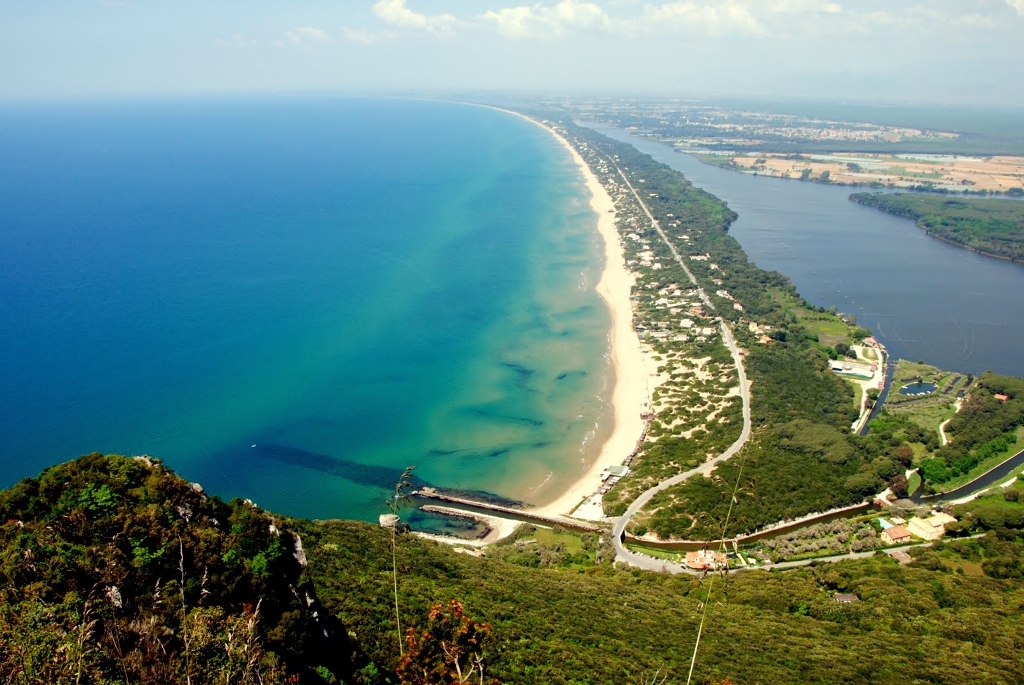
Lake Paola is part of an area of great environmental and naturalistic value, protected by numerous national, EU and international regulations. Since 1977, Lake Paola and the Circeo National Park have been included in the UNESCO list of biosphere reserves. Finally, large areas of the lake, in particular the Roman canal and some of the adjacent areas, are of inestimable archaeological, hydrogeological and landscaping interest.
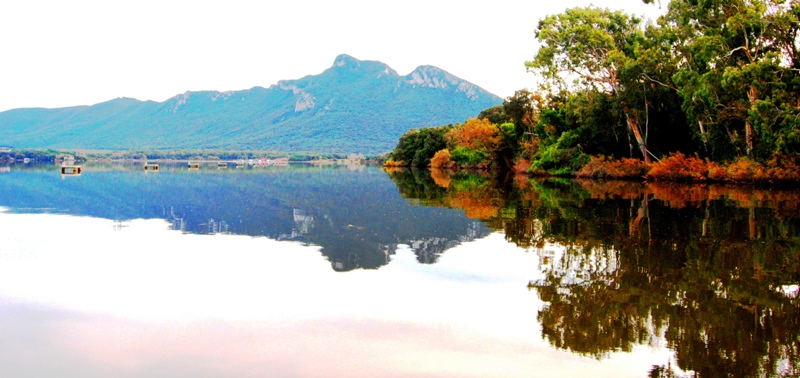
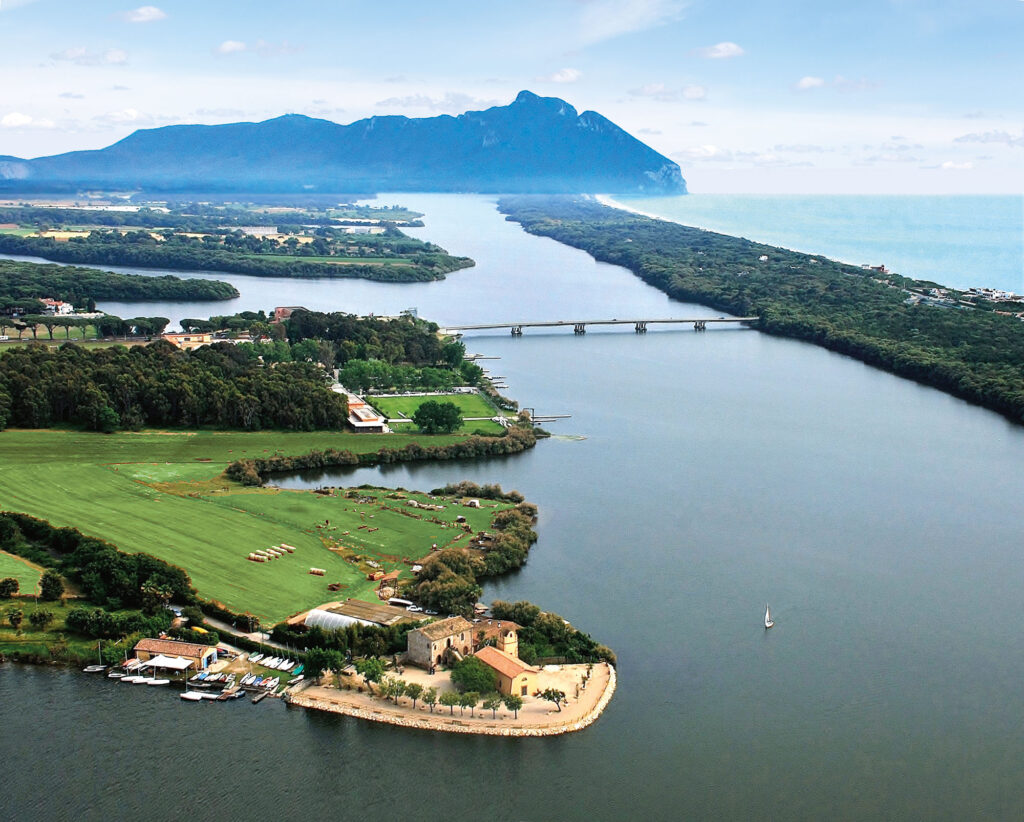

From the origins to the constitution of the Fief of Circeo
The history of Lake Paola goes back to Homeric verses, and it was not until the mid-19th century that it was linked to the Scalfati family. Before that, Roman emperors, barbarians, popes, brigands and feudal lords stayed on the shores of the basin. The name “Paola” does not come from the tower of the same name on Mount Circeo, whose construction was ordered by Pope Paul III, but from the archaic Latin “paula“, which can be translated as “shoulder”; this name was therefore used to indicate the basin located “on the shoulder” of Mount Circeo.
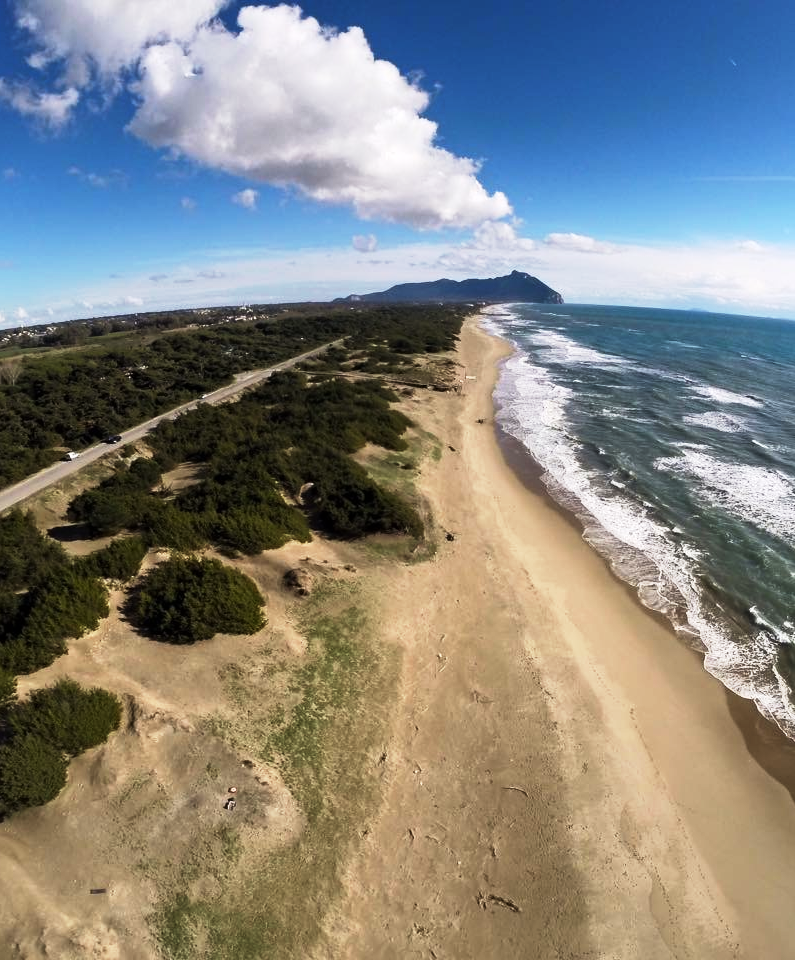
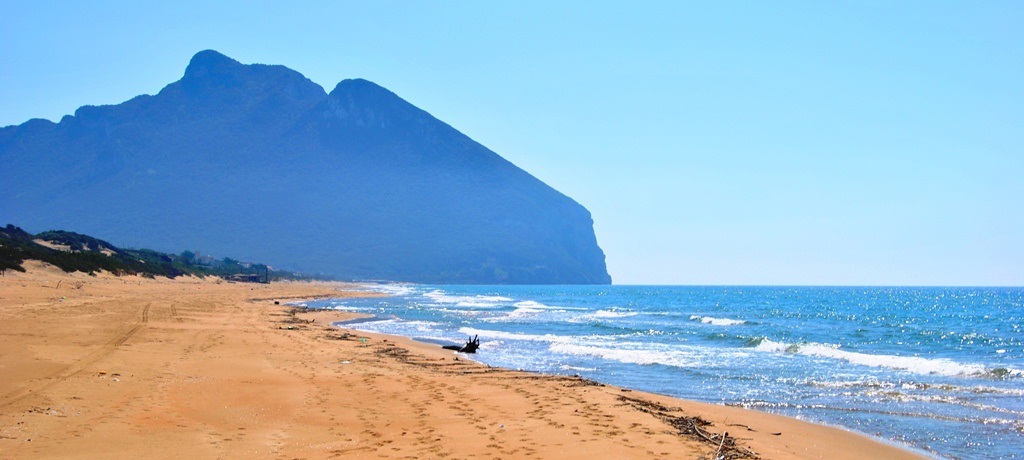
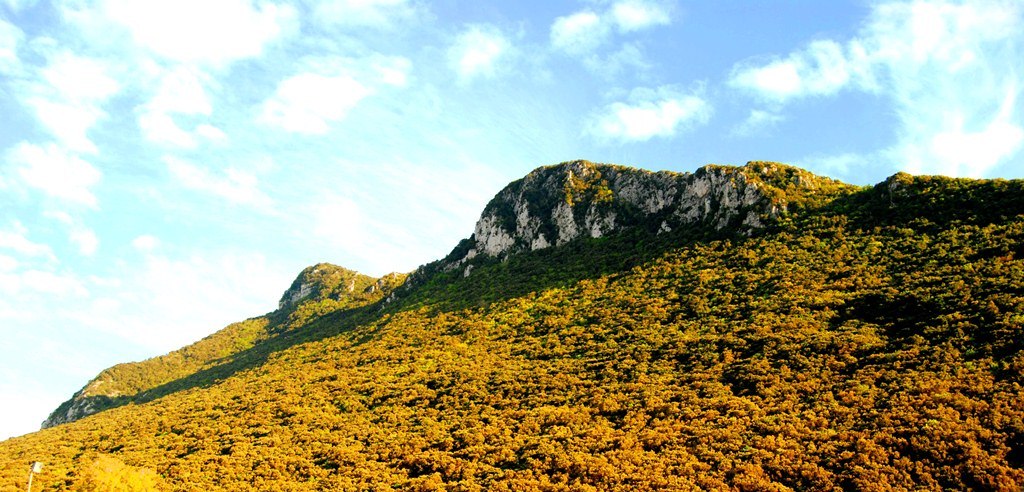
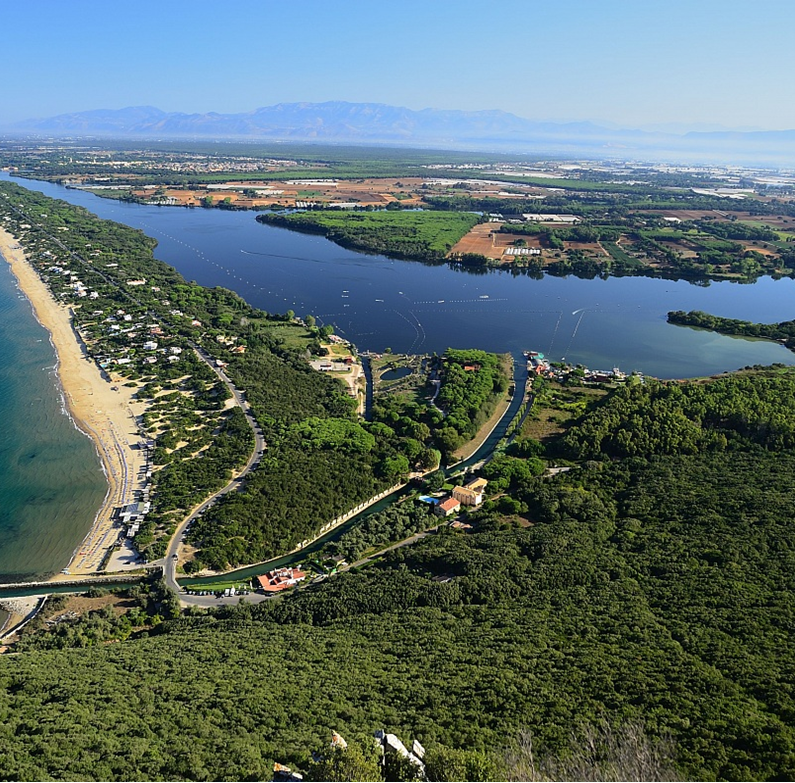
Although the first large-scale construction in the area between the eastern shore of Lake Paola and the promontory of Circeo dates back to the Roman Empire, it can be assumed that the first rustic villas, preferably built on the shores of the small and picturesque inlets of the lake, appeared as early as the Sillan period (1st century B.C.).
Other finds from the Roman period, dating back to the Republican era, concern the construction of a circular fishpond (piscaria paulae) located under the slopes of Monte Circeo. This pool, wrongly known as the “Pool of Lucullus“, is still well preserved next to the main canal leading to the lake. The most important evidence of the Imperial period are the monuments that have been found, which suggest an evolution in the life of the area, linked above all to the opening of the canal, which, by channelling the commercial and industrial activities of the area, contributed to the creation of a real urban detachment on the plain between the lake and the sea.
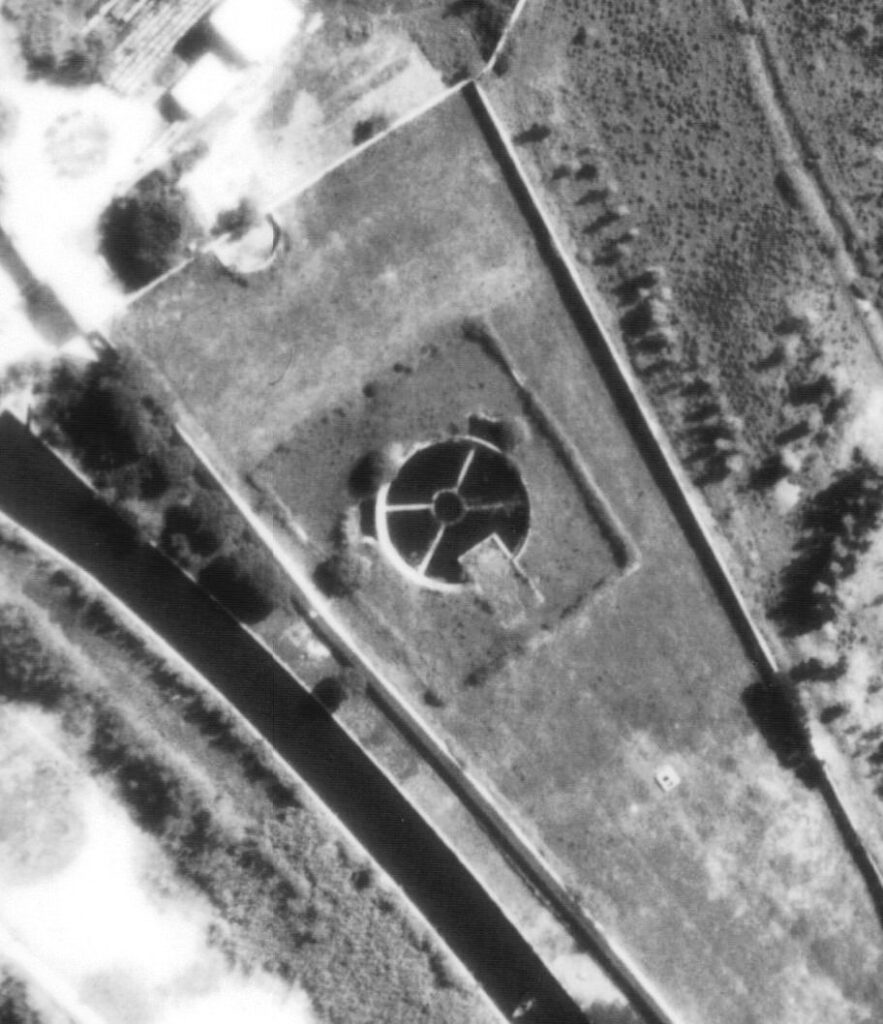
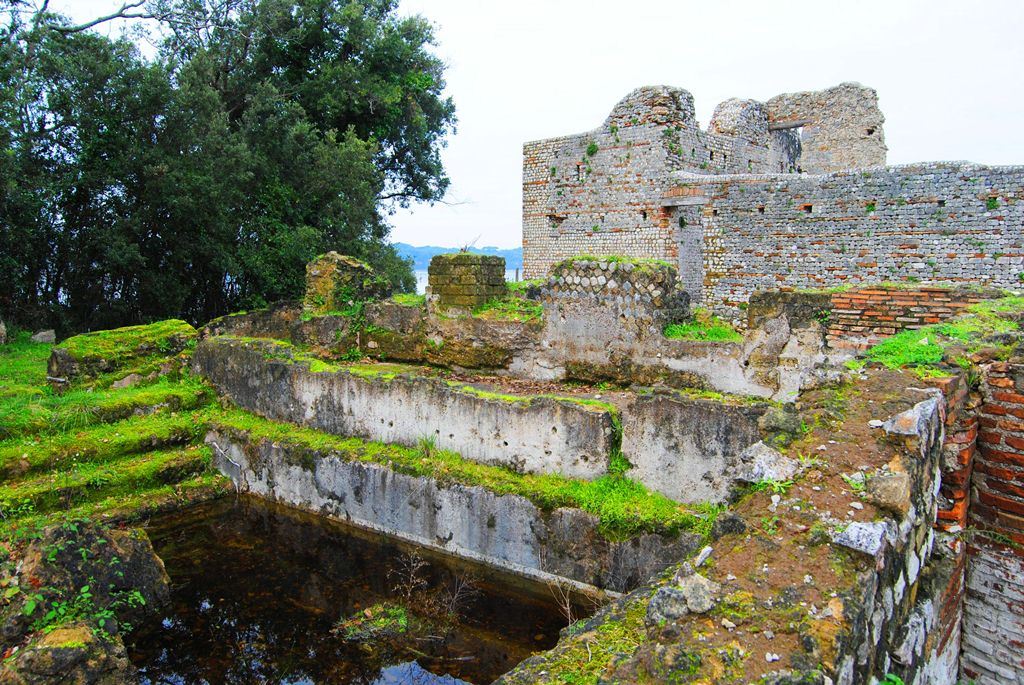
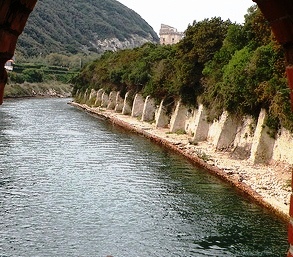
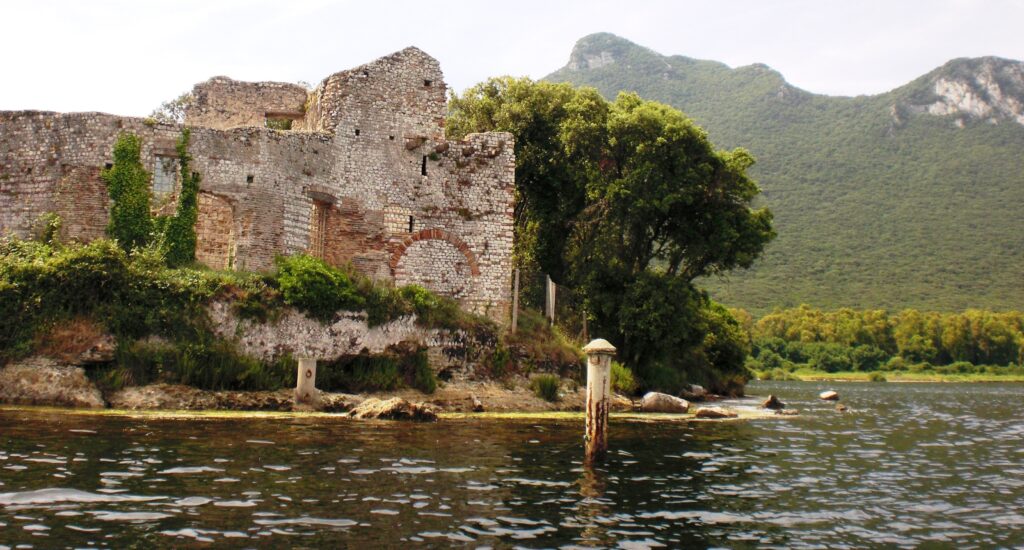
During the Imperial Age, the construction of the Via Severiana, probably using sections of pre-existing roads, offered the possibility of direct communication between Rome and the Circeo by means of a coastal route. During this period, the centre of all activities shifted to the area around Torre Paola, where an intense commercial life pulsated, based mainly on the trade of local fish products.
As for the Torre Paola canal, it was dug by cutting through the sand dunes that separated the sea from the lake. The construction of this canal was probably part of the grandiose project attributed to Nero, which aimed to directly connect all the coastal lakes (from the port of Ostia to Lake Avernus near Pozzuoli). This would have created a long navigable route, about 160 miles long, fast and safe from all weather hazards. The project was later abandoned because of the difficulties encountered in carrying out the works. It was certainly when the capital of the Empire was moved to Constantinople that work on the completion of this waterway was abandoned. This was the beginning of the decadence of the ancient Capital, which was soon subject to invasions by barbarian populations and rebellions by mercenary troops, mainly of Ostrogothic origin. Over the centuries, the spread of the marshes and malaria led to depopulation and, later, to the complete abandonment of the area.
From the time of the Arab domination of the Tyrrhenian coast until their defeat by the Normans in the 12th century, five centuries passed during which forests grew on the lands of the great Roman villas (above all that of Domitian, the ruins of which can still be seen on the shores of the lake), which were to be the subject of the Fascist land reclamation of 1927. The Benedictine monks, who were in charge of the abandoned lands, developed the first real fishing activity on Lake Paola in the 11th century.
In 1300, the Circeo was in the hands of Riccardo Annibaldi, nephew or great-nephew of the Cardinal of the same name, a blood relative of the Conti family pontiffs (Gregory IX and Alexander IV); a candidate for the papacy himself, Riccardo Annibaldi was the creator of the family fortunes, thanks to the acquisition of large estates of ecclesiastical patrimony granted to him by the aforementioned pontiffs for his services. In 1301 Riccardo Annibaldi sold the feud of Circeo (including the lake) to Pietro Caetani, nephew of Boniface VIII (Benedetto Caetani of Anagni 1294 – 1303). With the purchase by the Caetani family, confirmed by Boniface VIII, the “Fief of Circeo” was properly born in its jurisdictional and patrimonial unity.
This fief remained in the possession of the Caetani family until it passed to the feudal lord Ruspoli. In 1713 the Papal Administration, through the Venerable Apostolic Chamber, finally redeemed it and began to transform Lake Paola into a true fishing valley.
The development of fishing activities
The depopulation of Terracina, caused by the plague, led to the direct administration of the territory by the Venerable Apostolic Chamber, which held it for over two centuries – until 1768 – and provided for it through its General Treasurers, who confined themselves to collecting the rents en bloc.
The family of Caetani of the Sermoneta arm, on the other hand, completely subordinated to the Holy See, confined itself to enjoying the fruits of the feud of Circeo without any further military claims. As soon as the contract for the redemption of the Circeo Fief was signed, the Venerable Apostolic Chamber granted the lease of its rents to Captain Giuseppe Angeletti of Terracina, to whom it also entrusted the work of re-excavating the ancient Roman emissary of the lake.
Therefore, once the free availability of the territory of the former Circeo Fief and of the lake had been regained, the reclamation works began, which in 1777, according to the plans of the engineer Rappini, would have involved all the ancient Pontine Marshes. This was an urgent project, since the growing population made it necessary for the Papal Administration to encourage the expansion of agriculture by reclaiming the marshlands.
The Papal Administration drew inspiration from the experience of Comacchio when planning the work, which included the creation of a fishing valley in Lake Paola. In fact, since 1718, the Holy See had been the owner of the “Valleys of Comacchio”, a vast extension of ponds bordering on the sea for about 49,000 hectares: a third more than the entire territory of the Pontine Marshes. And in the Comacchio Valleys, “valliculture”, the art of cultivating the lagoon areas to make them suitable for sea fish, had already been practised for centuries.
This industry found favourable natural conditions in the geography of the Upper Adriatic: vast coastal marshes, alternately inundated by the waters of the Adriatic or flooded by rivers. The work of man has taken advantage of these marshes by enclosing them either with low earthen dams or with palisades in the water (grasiole), with gaps between them guarded by reed traps called “lavorieri“. They separate the immature fish from the mature ones when the water, alternating between fresh and salt, pushes them from one side to the other according to their instincts.
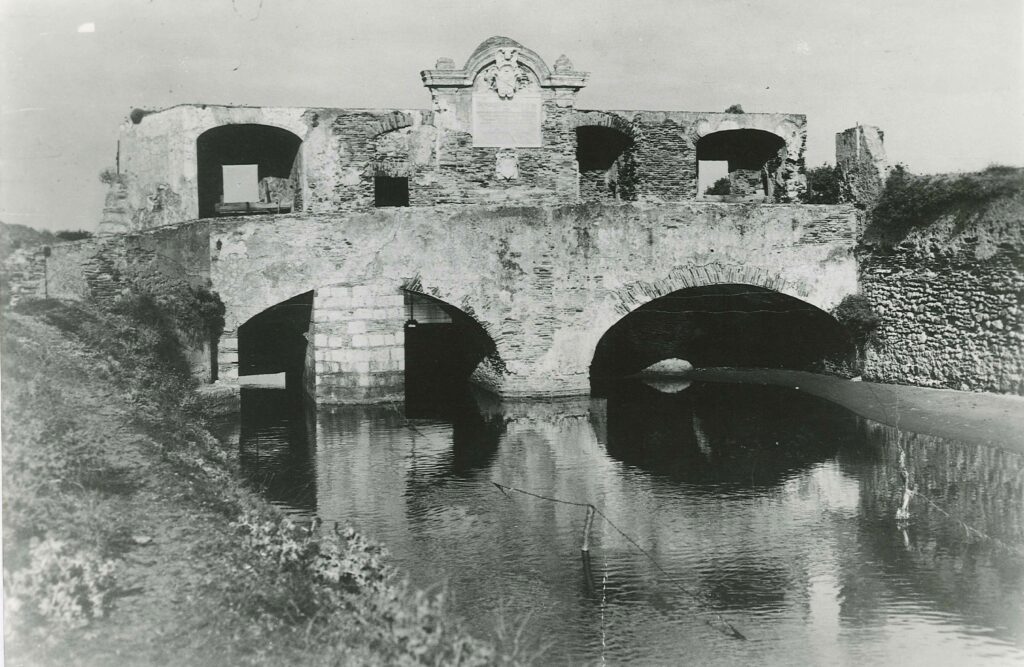
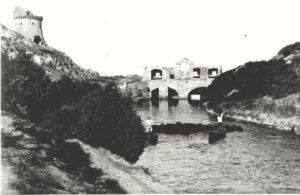
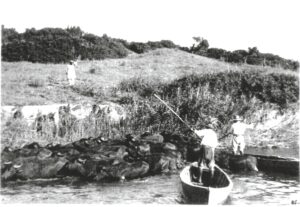

The Unification of Italy and the sale of Lake Paola to privates
Between 1721 and 1881, works were carried out to create the fishing valley, which the Papal Administration gave to third parties to manage. In 1854, the leaseholder of Lake Paola was Clementino Battista (ancestor of the Scalfati family). The Italian State found this company active when, in l870, it acquired the lands of the Papal State through wartime occupation.
After the failure of the auction, on 22 April 1881 the Italian State sold the whole of the former Circeo Fief, including Lake Paola, by private contract to Cav. Ottavio Giachetti, who in turn sold the lake and the surrounding land to Clementino Battista in 1888. After the unification of ownership and management, the Scalfati family worked directly or indirectly on Lake Paola for over 130 years, fishing and farming mussels.
In 1959, the first set of works for the development of activities in the valley was planned. The Cassa per il Mezzogiorno (Fund for the Development of the Central and South Italy) intervened to support the project, financing the construction of an imposing mussel farm, the redesign of the banks of the canals and the works for fishing in the valley. The work carried out attracted international interest and approval.

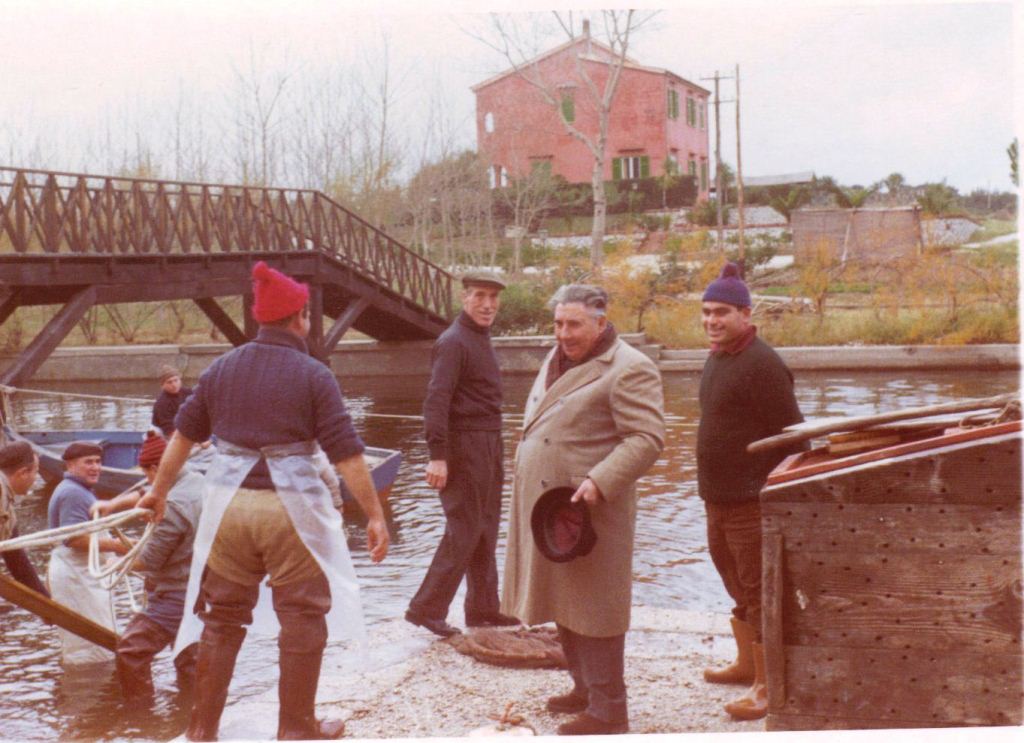
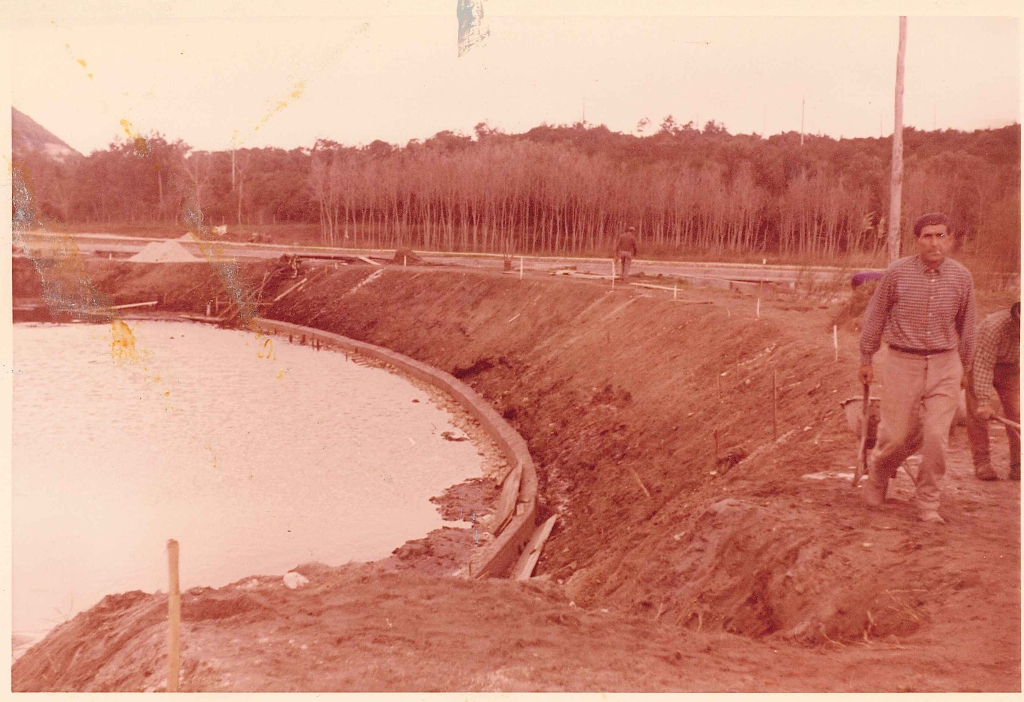
From 1979, due to environmental changes in the basin and the increase in salinity, the production of fish gradually declined, while the production of mussels, clams and oysters developed.
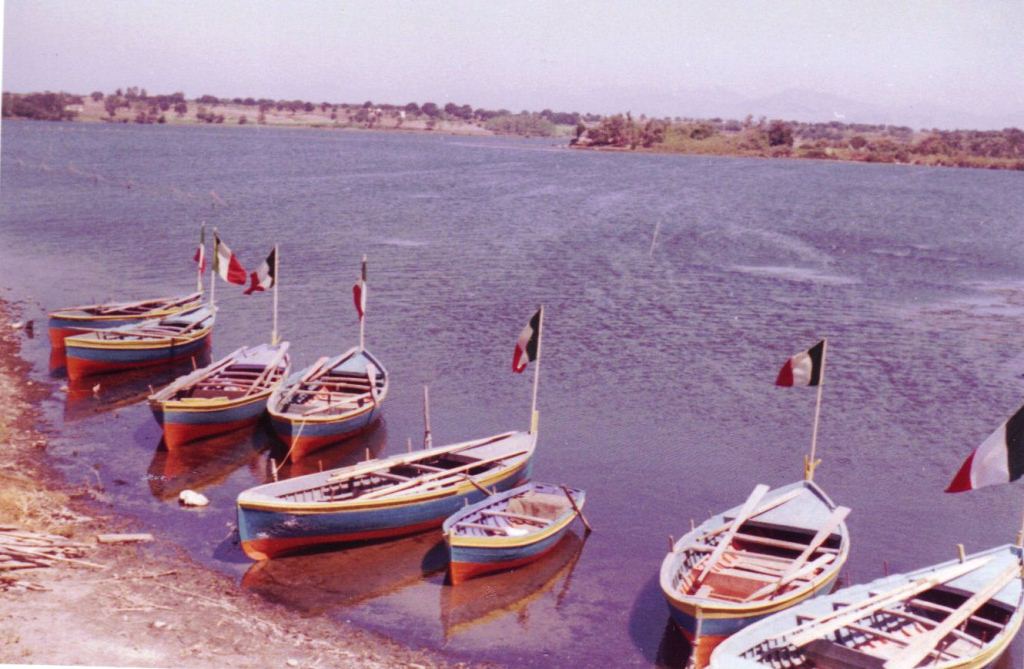
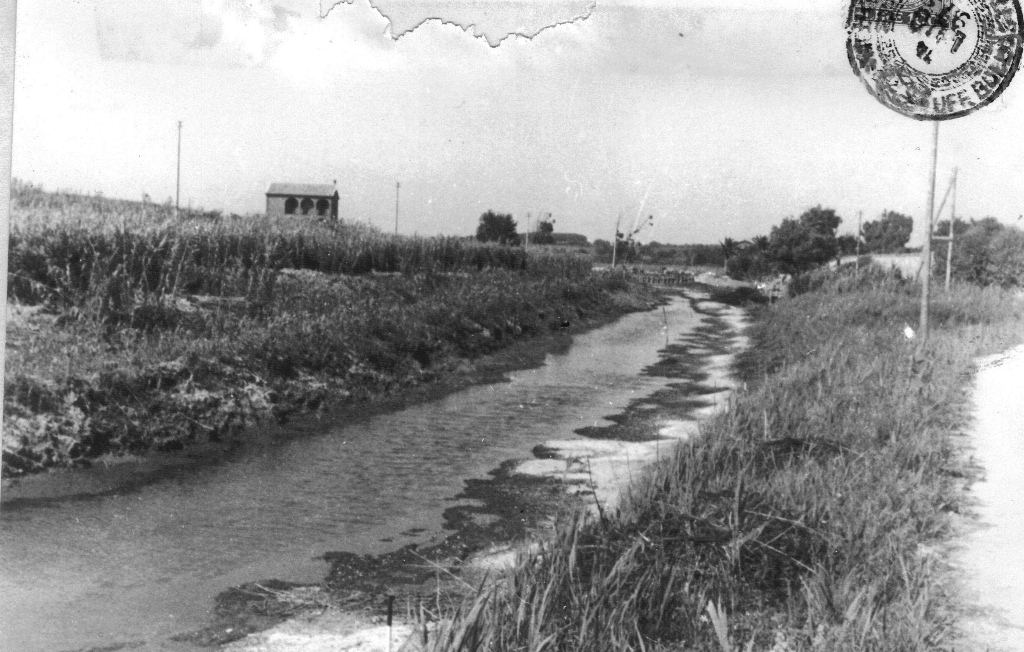
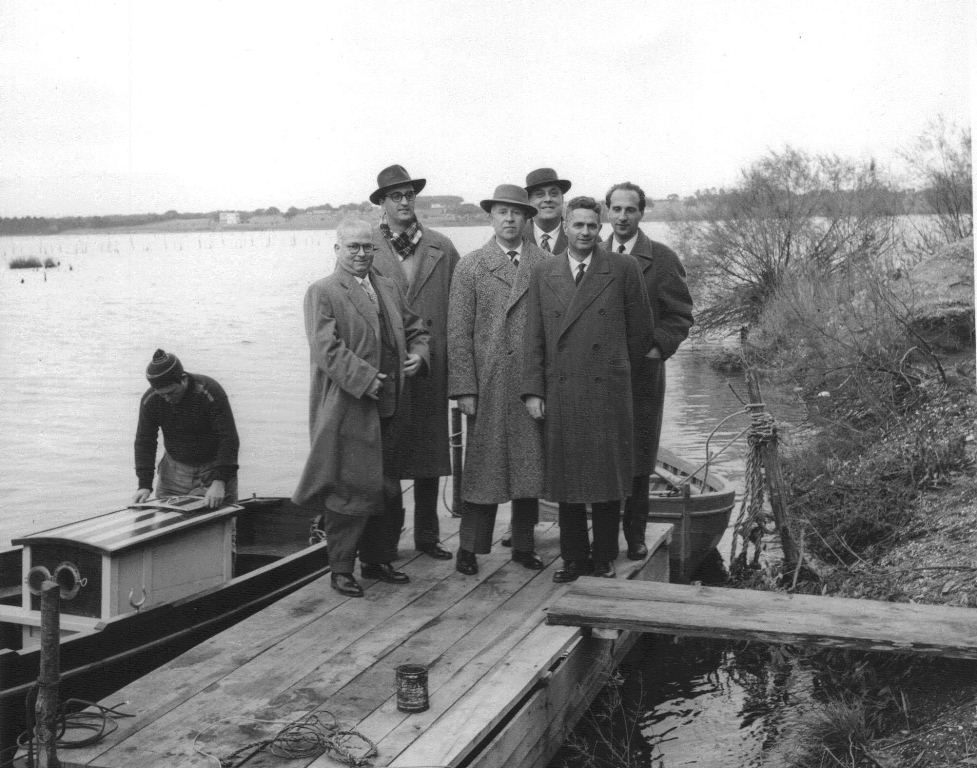
After the death of Giulio Scalfati in September 2007 and the gradual improvement in the health of the waters of Lake Paola, the heirs began a new process of upgrading the property with the aim of rediscovering the centuries-old tradition that inextricably links it to the history of the surrounding area.
Tenuta Clementino
Via Casali di Paola 6
04016 – Sabaudia (LT)
Circeo National Park
Email: info@tenutaclementino
Tel.: +39 329 7087989 – +39 347 6313397
www.tenutaclementino.it
CIN “LA VILLA”: IT059024C2O25RIEID
CIN “LA GUARDIANIA”: IT059024C2A77ZSZGL